Copyright © Everyday Narrative 2024. All rights reserved.
Copyright © Everyday Narrative 2024. All rights reserved.
- An Everyday Narrative Gallery Special -
Seasonal Care and Top Tips
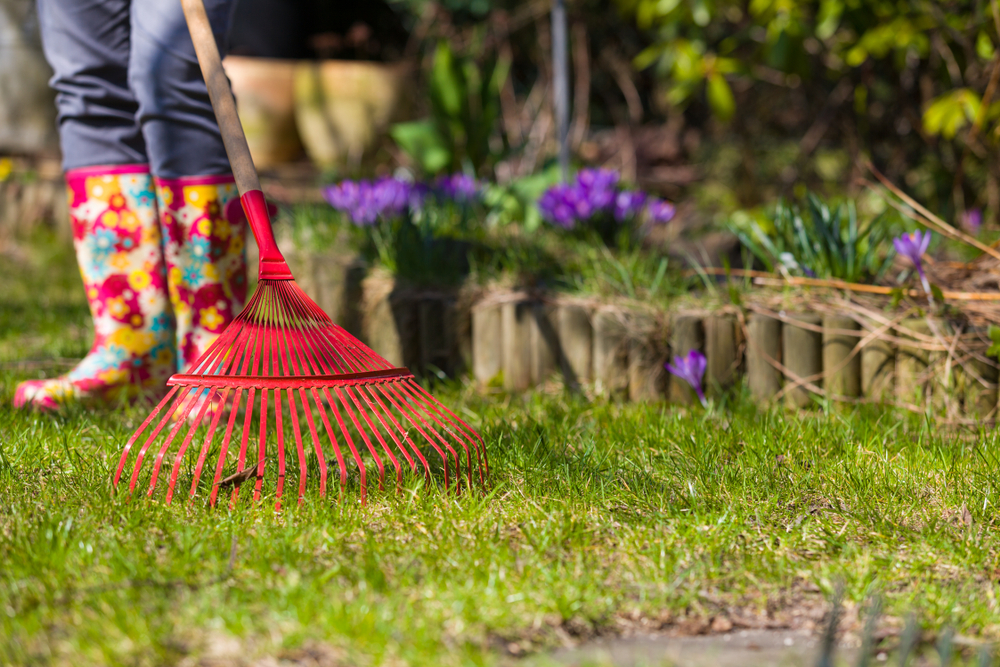
Spring is the time to wake your lawn from its winter slumber and prepare it for the growing season. Start by cleaning up debris, leaves, and dead grass that accumulated over the winter. Aerate your lawn to alleviate soil compaction and improve water and nutrient absorption.
Apply a balanced fertiliser to provide essential nutrients and promote healthy growth. Overseed bare or thin spots with high-quality grass seed. Finally, use pre-emergent herbicides to prevent weed seeds from germinating, ensuring your lawn stays weed-free from the start.
This guide will walk you through the essential seasonal care practices and the top 15 tips for achieving the perfect lawn
1. Conduct a Soil Test

Conducting a soil test is the first step towards a healthy lawn. This test will determine the pH level and identify any nutrient deficiencies in your soil. Knowing your soil’s composition helps you apply the right amendments, such as lime to raise pH or sulfur to lower it, ensuring optimal grass growth. Proper soil pH is crucial for nutrient uptake, and addressing deficiencies will promote vigorous growth and a vibrant green colour.
Regular soil testing, ideally every few years, keeps you informed and allows you to adjust your lawn care practices to meet your lawn’s specific needs.
2. Choose the Right Grass Type

Selecting the right grass type for your climate and soil conditions is essential for a thriving lawn. Cool-season grasses like Kentucky bluegrass and fescue thrive in cooler climates, while warm-season grasses like Bermuda and Zoysia do well in warmer areas. The right grass will be more resilient, require less maintenance, and be better suited to withstand local weather patterns.
Additionally, choosing a grass type that matches your soil conditions, such as sandy or clay soils, will further ensure its success. Consulting with a local garden centre or extension service can help you make the best choice.
3. Aerate Regularly
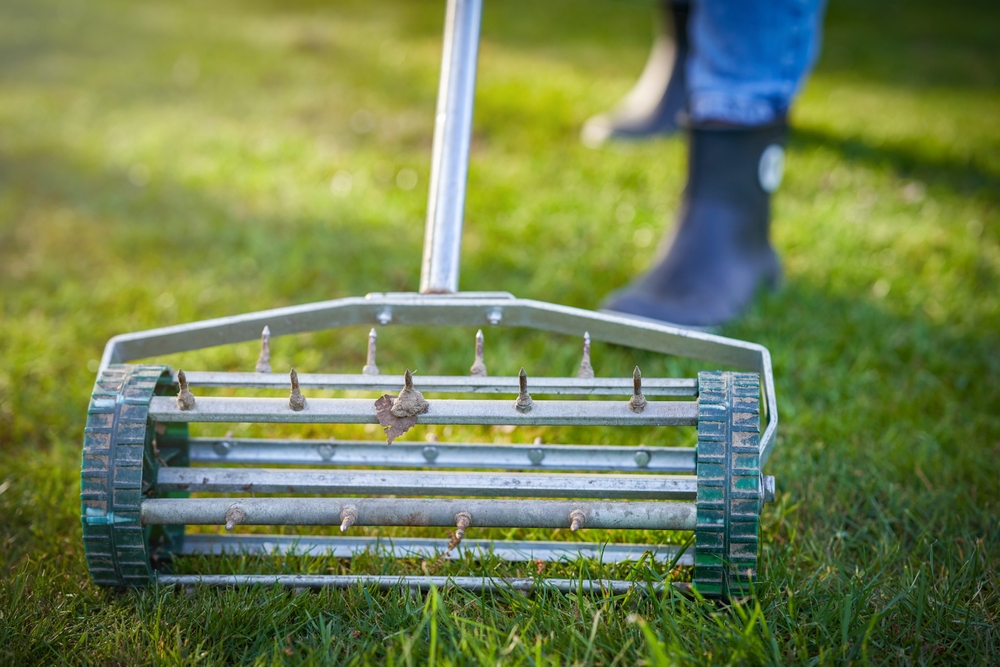
Aerating your lawn at least once a year is crucial for promoting healthy root growth. Aeration involves creating small holes in the soil to alleviate compaction, allowing water, air, and nutrients to penetrate deeply to the roots. This process helps to improve drainage, reduce thatch build-up, and enhance the overall health of your lawn.
Fall is an ideal time for aeration for cool-season grasses, while late spring to early summer works best for warm-season grasses. Regular aeration ensures your grass has the optimal conditions to grow strong and deep roots, making it more resilient.
4. Apply Fertiliser

Using a balanced fertiliser at the appropriate times is key to nourishing your lawn. Fertilisation provides essential nutrients like nitrogen, phosphorus, and potassium, which support vigorous growth, strong root development, and a vibrant green colour.
For cool-season grasses, fertilise in early spring and fall; for warm-season grasses, late spring through summer is ideal. Following the recommended application rates and schedules ensures your lawn receives the right amount of nutrients without the risk of over-fertilisation, which can harm the grass and the environment. A well-fertilised lawn is healthier, thicker, and more resistant to pests and diseases.
5. Water Deeply
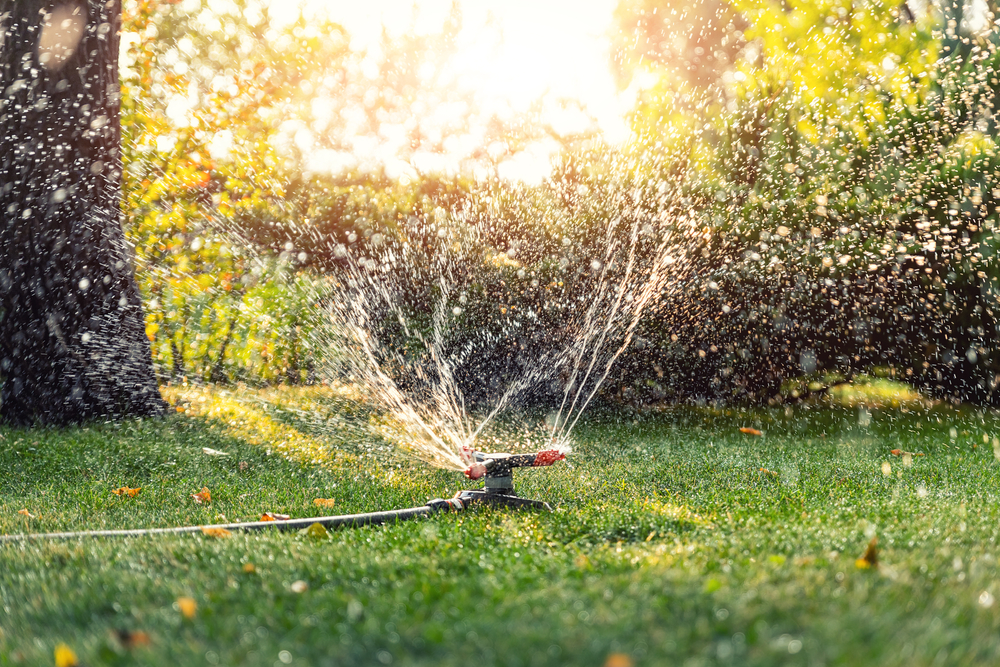
Watering deeply and infrequently is essential for encouraging deep root growth. Providing about 1-1.5 inches of water per week, preferably in the early morning, helps your lawn develop a robust root system. Deep roots make your grass more drought-resistant and better able to access nutrients. Avoid shallow, frequent watering, as it promotes weak roots and makes your lawn more susceptible to stress and disease.
Adjust your watering schedule based on weather conditions and soil type, ensuring your lawn receives consistent moisture. Proper watering practices are fundamental for maintaining a healthy and resilient lawn.
6. Mow Properly

Proper mowing is crucial for maintaining grass health. Keep mower blades sharp to make clean cuts, preventing the tearing of grass blades, which can lead to disease. Follow the recommended mowing height for your grass type: cool-season grasses generally do well at 2.5-3.5 inches, while warm-season grasses should be kept at 1-2 inches. Avoid cutting more than one-third of the grass blade length at a time to reduce stress.
Regular mowing encourages denser growth and helps control weeds. Mowing at the correct height and frequency ensures your lawn looks neat and remains healthy throughout the growing season.
7. Control Weeds

Effective weed control is vital for maintaining a pristine lawn. Use pre-emergent herbicides in early spring to prevent weed seeds from germinating and post-emergent herbicides to tackle existing weeds.
Regularly inspect your lawn and hand-pull any weeds that appear. A proactive weed control strategy reduces competition for resources, allowing your grass to thrive. Dense, healthy grass naturally suppresses weed growth, so maintaining proper lawn care practices like fertilisation, mowing, and watering is also essential.
Consistent and targeted weed control ensures your lawn stays green and weed-free, enhancing its overall appearance and health.
8. Overseed Annually
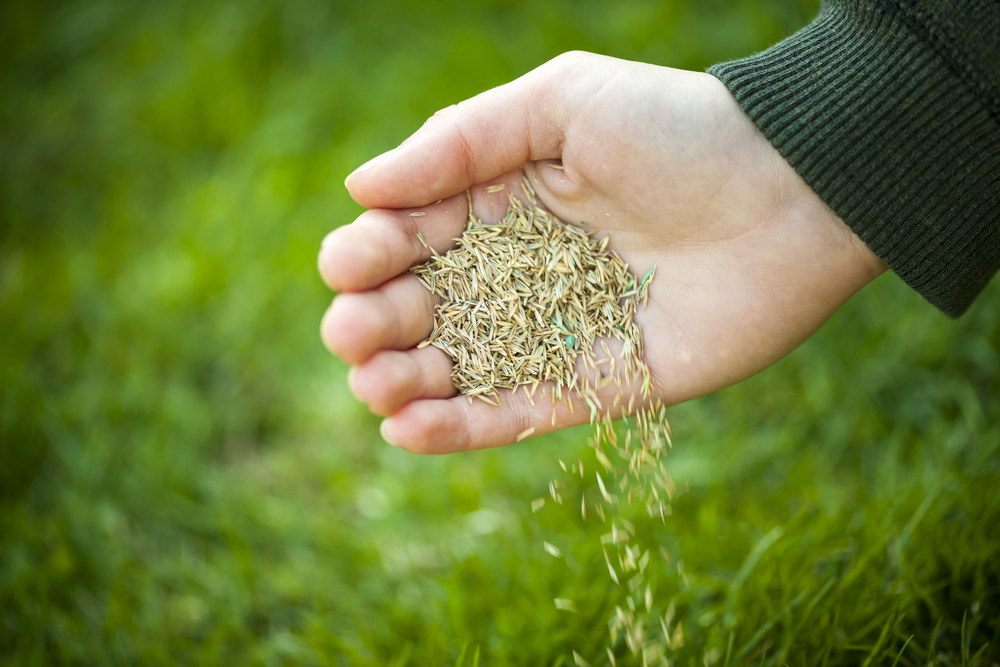
Overseeding annually helps maintain a dense, lush lawn by filling in bare spots and improving overall grass density. For cool-season grasses, fall is the best time to overseed, while late spring is ideal for warm-season grasses. Choose high-quality grass seed that matches your existing lawn type.
Prepare the area by mowing low, raking, or lightly aerating to ensure good seed-to-soil contact. Water the newly seeded areas regularly until the grass is established. Annual overseeding promotes thicker growth, enhances resilience, and reduces the likelihood of weed invasion, contributing to a healthier and more attractive lawn.
9. Remove Thatch
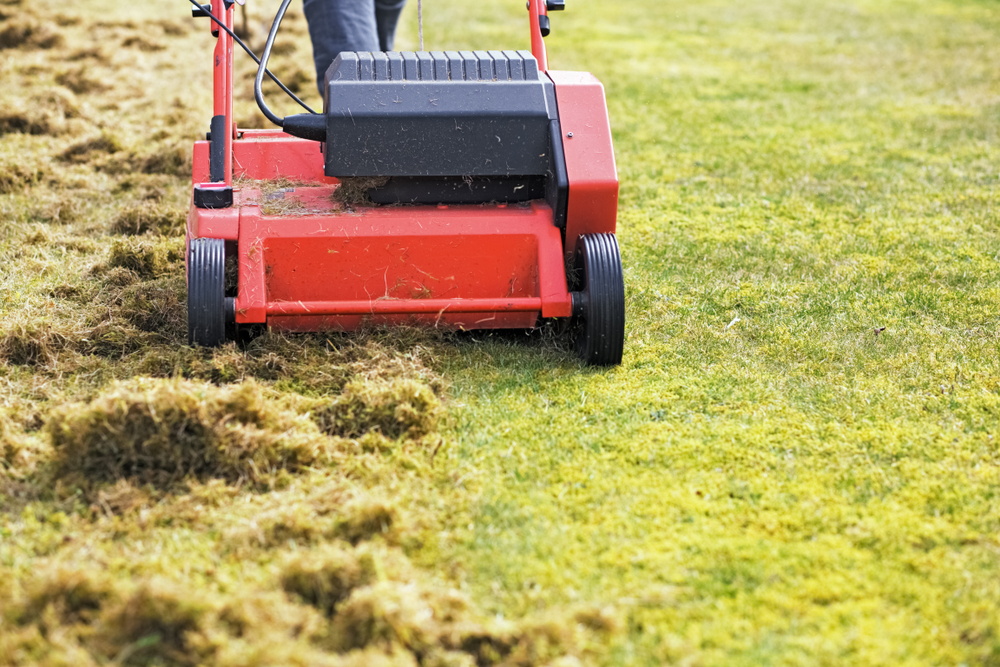
Removing thatch, a layer of dead grass and roots above the soil, is essential for maintaining a healthy lawn. Thatch build up thicker than 0.5 inches can hinder water, air, and nutrient penetration, affecting grass health. Dethatch your lawn using a rake or dethatching machine in early spring or fall for cool-season grasses and late spring for warm-season grasses. Regularly aerating and proper watering and mowing practices help prevent excessive thatch accumulation.
Managing thatch ensures your lawn’s roots receive the necessary resources, promoting vigorous growth and a lush, green appearance.
10. Mulch Clippings
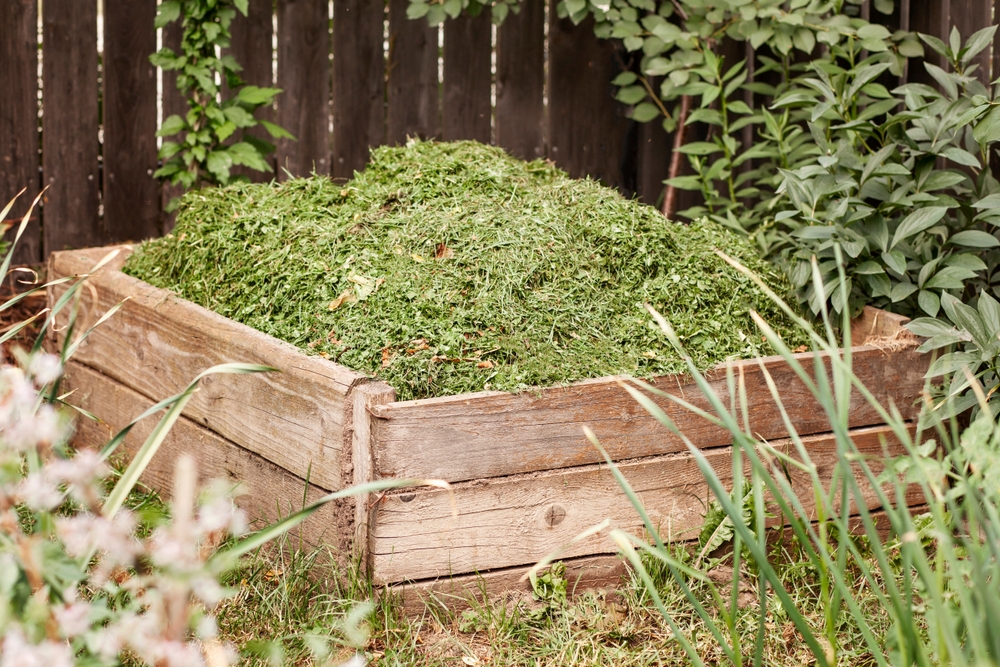
Mulching grass clippings is an eco-friendly practice that benefits your lawn. Instead of bagging and disposing of clippings, leave them on the lawn to decompose and return valuable nutrients to the soil. Mulching reduces the need for additional fertilisers and helps retain soil moisture, promoting healthier grass.
Ensure your mower has a mulching blade or setting for optimal results. Mulching clippings is especially beneficial during the growing season, providing a continuous supply of nutrients and enhancing soil structure. This sustainable practice supports a thriving, green lawn with minimal waste.
11. Manage Pests
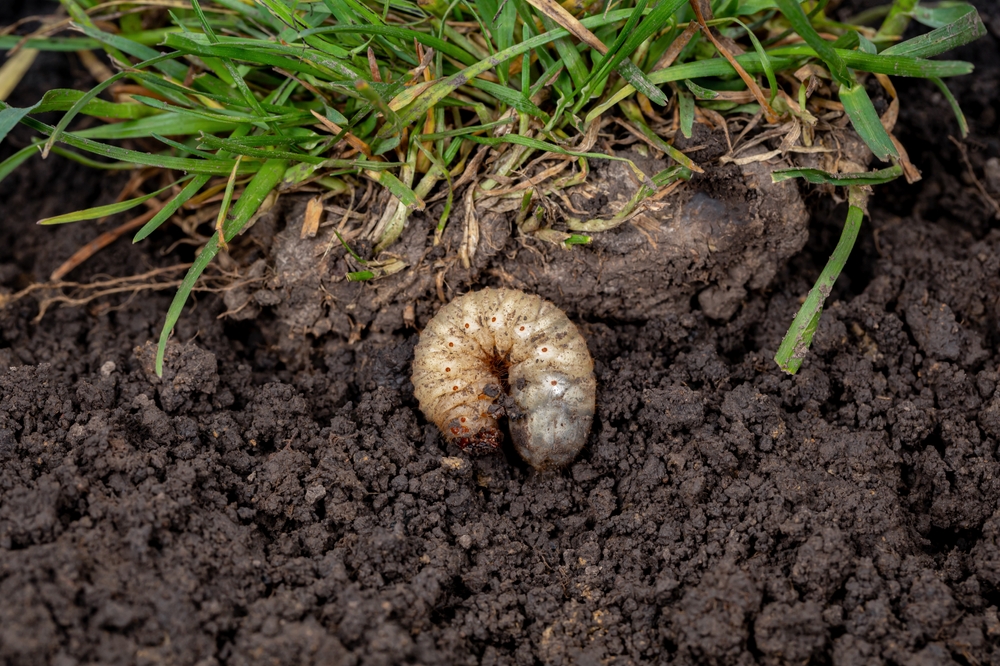
Monitoring for pests and treating promptly is crucial to prevent damage to your lawn. Regularly inspect your grass for signs of pests like grubs, chinch bugs, or sod webworms. Early detection allows for targeted treatments, minimizing the impact on your lawn. Use integrated pest management (IPM) techniques, combining biological, cultural, and chemical controls to manage pests effectively.
Maintaining healthy grass through proper watering, fertilisation, and mowing practices also reduces pest susceptibility. Proactive pest management ensures your lawn remains lush and green, free from the damage that pests can cause.
12. Adjust for Seasons

Tailoring your lawn care routine to the specific needs of each season is essential for maintaining a healthy lawn year-round. In spring, focus on cleaning up, aerating, fertilising, and overseeding. Summer care involves deep watering, proper mowing, and pest management. Fall tasks include aerating, fertilising, overseeding, and leaf removal.
During winter, minimize traffic and remove debris. Adjusting your practices based on seasonal changes ensures your lawn receives the appropriate care and resources it needs at the right time, promoting continuous growth and resilience. Seasonal adjustments keep your lawn vibrant and healthy throughout the year.
13. Improve Soil Quality
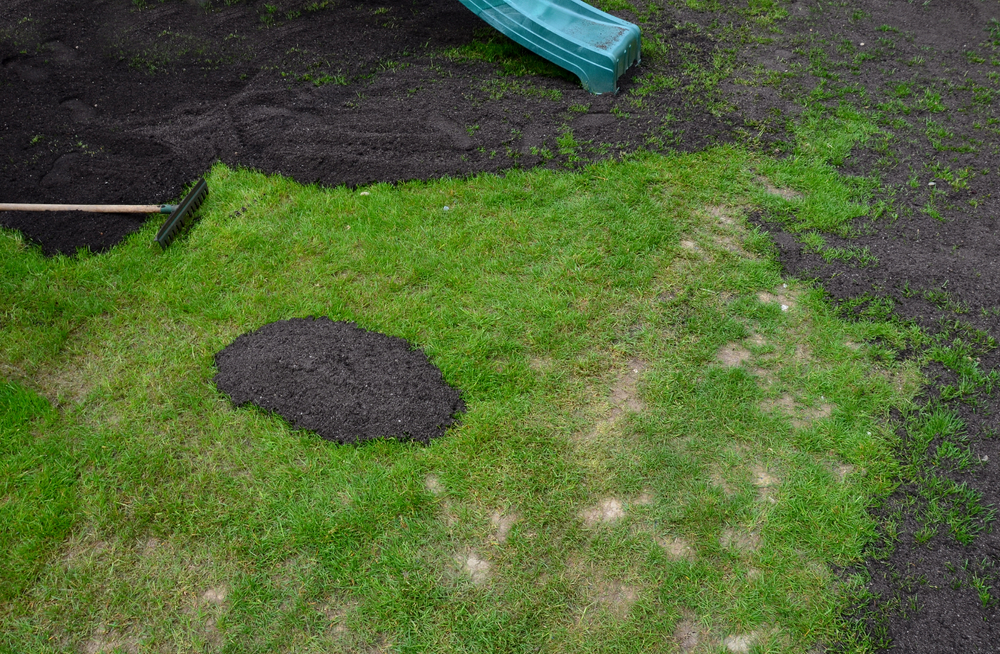
Improving soil quality is fundamental for a thriving lawn. Topdressing with compost or high-quality topsoil enhances soil structure, fertility, and microbial activity. This practice provides essential nutrients, improves drainage, and supports healthy root development.
Regular topdressing, combined with aeration, helps alleviate soil compaction and promotes a robust lawn. Choose organic materials for topdressing to enrich the soil naturally. Consistently improving soil quality creates an optimal environment for grass growth, resulting in a lush, green lawn that is more resistant to stress, disease, and environmental challenges.
14. Monitor Lawn Health
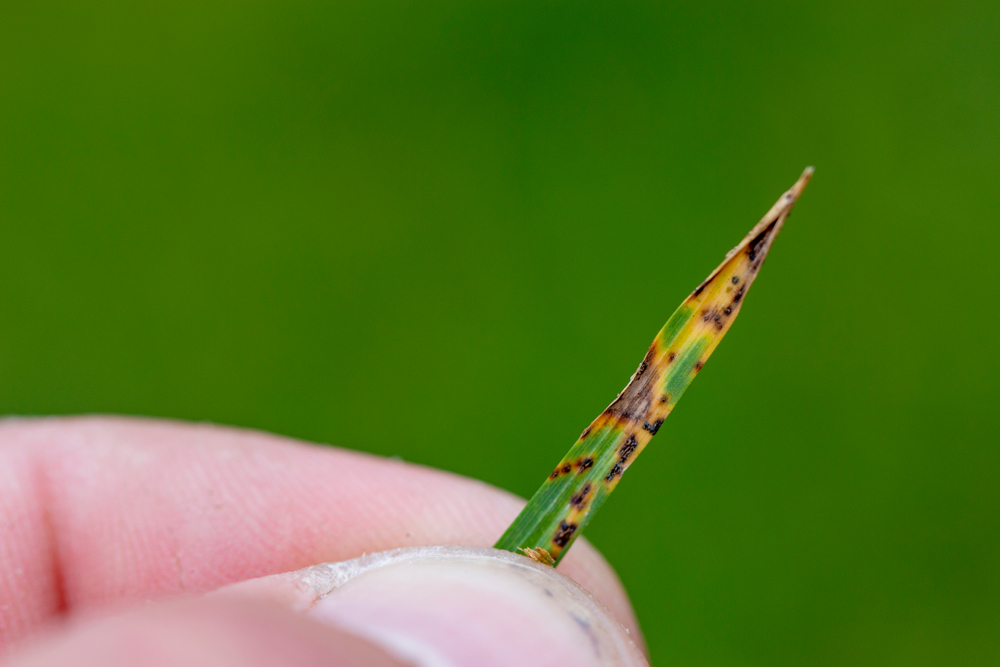
Regularly inspecting your lawn for signs of stress, disease, or nutrient deficiencies is vital for maintaining its health. Look for changes in colour, texture, or growth patterns that indicate underlying issues. Early detection allows for timely interventions, preventing minor problems from becoming major ones.
Conduct soil tests periodically to stay informed about nutrient levels and adjust fertilisation practices accordingly. Monitoring lawn health ensures you can address issues promptly, maintaining a vibrant, resilient lawn. A proactive approach to lawn care keeps your grass in optimal condition, enhancing its beauty and longevity.
15. Educate Yourself
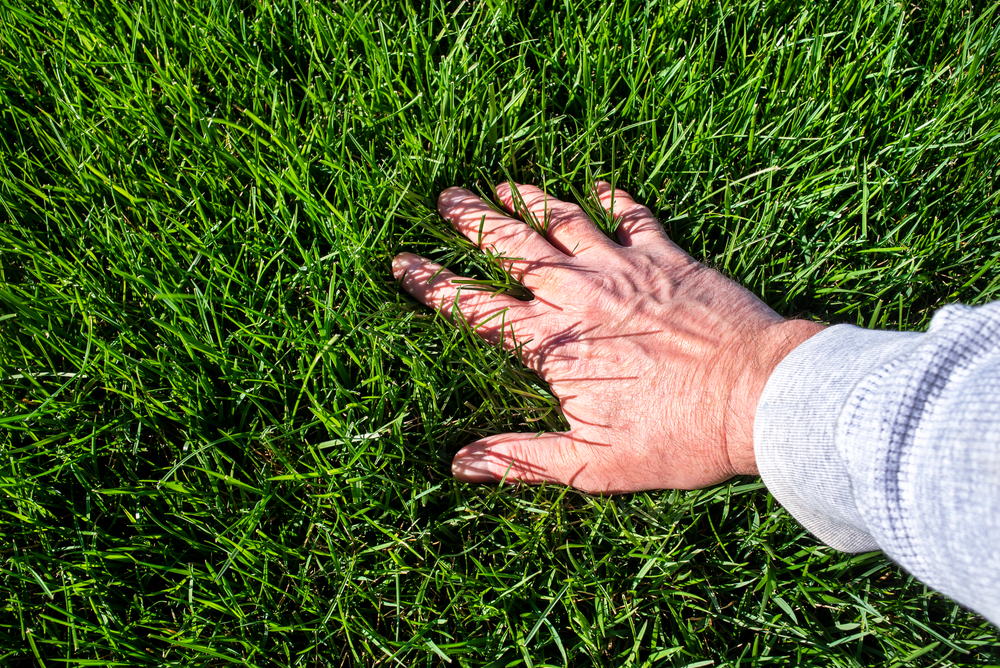
Staying informed about best practices and new lawn care techniques is essential for effective lawn maintenance. Continuously educating yourself ensures you are using the most up-to-date methods and products to care for your lawn. Attend local workshops, read gardening books and articles, and consult with lawn care professionals to expand your knowledge.
Understanding the latest trends and research in lawn care helps you implement strategies that promote a healthy, green lawn. Lifelong learning empowers you to make informed decisions and adapt to changing conditions, ensuring your lawn remains beautiful and well-maintained.
Create the perfect lawn

By following these seasonal care tips and incorporating the top 15 important lawn care practices, you can create and maintain the perfect lawn. Start today, and enjoy a lush, green landscape that enhances the beauty and value of your home.
Gallery Specials
Latest Articles
- Disney Remakes the Timeless Classic ‘Snow White’
- Here’s what to expect from Season 4 of Slow Horses, only on Apple TV+
- Marvel’s ‘Agatha All Along’ coming soon
- Adam Sandler Announces ‘Happy Gilmore 2’
- Jennifer Lopez files for divorce from Ben Affleck to end her fourth marriage
- On this day in 1995, the Battle of Britpop reached its climax
- Vince Vaughn Returns in the New Dark Apple TV+ Comedy ‘Bad Monkey’
- Matt Damon and Casey Affleck lead a star-studded cast in ‘The Instigators’
- The anticipation builds for ‘The Last of Us’ Season 2
- Has Simone Biles cemented her place as the greatest American Olympian of all time?
- Anticipation grows for the Disney sequel ‘Moana 2’
- A battle begins at Royal Troon for The Open Golf Championship 2024
- The evolution of binge-watching
- Tom Hanks reunites with Robin Wright in ‘Here’
- Taylor Swift’s ‘Eras Tour’ is a phenomenal success















